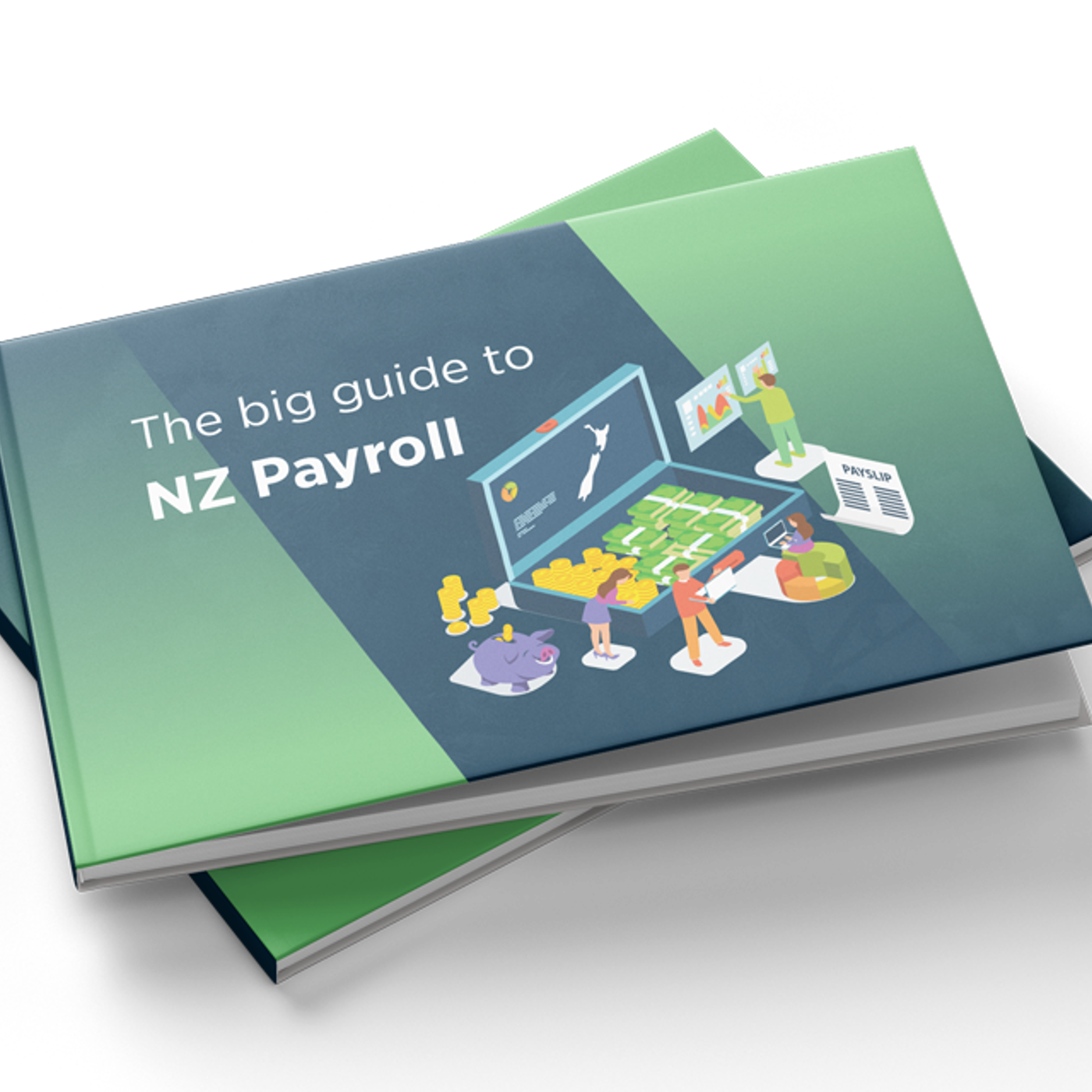Over the last ten years, the market for payroll and HR software has exploded. After all, companies have seen the benefits of digitising processes, bringing a host of people based information together. From attracting, recruiting and onboarding new employees to managing and developing that talent, modern-day systems offer slicker processes and are something that HR leaders literally can’t live without.

Over the last ten years, the market for payroll and HR software has exploded. After all, companies have seen the benefits of digitising processes, bringing a host of people based information together. From attracting, recruiting and onboarding new employees to managing and developing that talent, modern-day systems offer slicker processes and are something that HR leaders literally can’t live without. A lot of organisations took a ‘best-of-breed’ approach. No, we’re not talking about Pedigree dogs here. We’re referring to the way IT departments and leaders have brought together different systems in order to capture the best of each of them. It does make sense to choose the best of everything, but it can mean there’s a lot of feature overlap. On average, your business probably only uses about 20% of the full capability of each piece of software and it could mean you’re spending up to 4x more than you need to. Therefore, an all-in-one system that combines all of your HR and payroll needs in one place could be the way forward.
Doing business is already complicated enough without having to navigate through multiple systems everyday. When everything is at your fingertips in one place, your workflows are that much faster. People have no idea how much time and effort your HR teams invest everyday to ensure that everyone is paid on time and that individual performance is well tracked. Wouldn’t life be so much simpler if all HR and payroll tasks could be completed in one place? When your people share a unified system, you immediately make life easier for them. You also make life easier for IT teams who just need to support one platform (instead of 6 to 8). Simplicity is beautiful; and it saves time, brings greater accuracy and brings added business benefits.
One of the frustrations business leaders vocally share is that their HR and payroll systems are at loggerheads with their people strategy. In an age where so many of us are having to simplify our business models and go to market plans, a tangled web of business systems make it difficult to make people changes fast enough. It means routine processes like onboarding or off-boarding employees, or completing performance reviews is complicated and convoluted. It involves logging into multiple systems and data ending up trapped in different silos. If you want to move faster, you really need your HR functions sharing a unified environment. The result; you’ll get further, faster and with greater satisfaction for all.
So many business processes have migrated to the cloud for very good reason - it’s liberated businesses from the time and cost intensive IT costs associated with running software in-house (or on-premise). More importantly, it’s given organisations like yours the ability to quickly evolve to the hybrid way of working that’s so common place these days. In fact, it’s the reason why so many companies were able to continue doing ‘business as usual’ with the majority of their workforce working from home during COVID-19.
When your HR and payroll is cloud based, people can access flexibly from anywhere, at any time. This is a game-changer.
The average person now needs to contend with up to 100 passwords across their personal and business life. Are you one of those people that is forced to reset their password every time you move from one system to another? This is more common than you would believe. And it stops business productivity in its tracks. Imagine if your people just needed one single username and password for ALL their HR and payroll needs.
Humans really are creatures of habit. They do their best work and work most efficiently when they stay in a familiar, consistent user-environment. They become experts in this environment. The same goes for software. When everybody shares a consistent look and feel (UX) and familiar workflows, people can become masters. In contrast, when they constantly move between many systems, they remain a ‘jack-of-all-trades’ and a master of none. Bringing your HR and payroll processes and needs into a single system and give them a world class experience.
A common interface and UX also makes life easier for your master-trainers, IT champions and super-users. When they onboard new people, they only need to deliver training for one core system for HR and payroll combined, instead of the multiple systems that were historically combined to achieve a similar feature and capability set. The result; people learn faster without the need to eat into revenue-generating time.
The average organisation only uses 20% of the functionality of each piece of software. This is a terrible waste and is exacerbated by the high costs of integration and maintenance, especially for legacy systems. By combining several pieces of HR and payroll software with one ‘out of the box’ platform you can reduce your annual spend up to 4 times over. The result, greater return on investment and additional budget to deploy in other areas of your people strategy. Win!

The sad thing about software integrations is that they constantly need care, attention and maintenance. The escalating costs of maintaining integrations is one of the biggest motivators for change. Aside from the sheer cost, maintaining good relationships with multiple software vendors is a major headache. Integrations can be a vulnerable weakness, with the transfer of data being a major security issue. Removing the integration burden from your IT team can free them up to focus on real value-adding strategy projects that will give you a tangible return for your IT spend.!
There’s a reason you use HR software. Ultimately, you want to actively manage performance and talent in your organisation. You want to continually push your people further, coaching and developing them and ensuring they remain loyal as their careers develop. You want them to flourish and become vocal ambassadors. As managers and leaders, you want timely, actionable insights that allow you to make informed decisions. After all, in order to succeed in the digital business battleground, you need real-time data and the ability to move fast! With integrated software, you are armed with the high-level visibility needed. For any given person in your organisation, you can track their entire work lifecycle in one single view. Say goodbye to trying to piece together disparate data from different systems and trying to make sense of it. Your integrated HR and payroll system will give you the metrics that matter on a plate.
Ultimately, the historical practice of using multiple systems to achieve different tasks or processes meant much of the potential organisational learnings ‘or gold dust’ was trapped in silos just waiting to be unlocked. By bringing these processes and data together, you are allowing incredible insights to be made, bringing a step change to the way you manage, develop and motivate your people. An integrated system has the power to unlock these previously hidden insights, allowing your HR teams to perform as never seen before.

Conclusion
It’s clear that an integrated approach to HR and payroll brings multiple business benefits to organisations of every size. By thinking about the needs of your human resources team, end users and other stakeholders such as IT trainers and champions, there is the potential to significantly improve the overall experience. Not only does top management get access to those all-important high level metrics, but people across the organisation get access to a simpler, more uniform way of doing things. It certainly is the smart way forward for ambitious business leaders who want and need to move fast and agile.
So what are you waiting for?
Explore more
Share this page
Ready to transform your HR & Payroll process?




